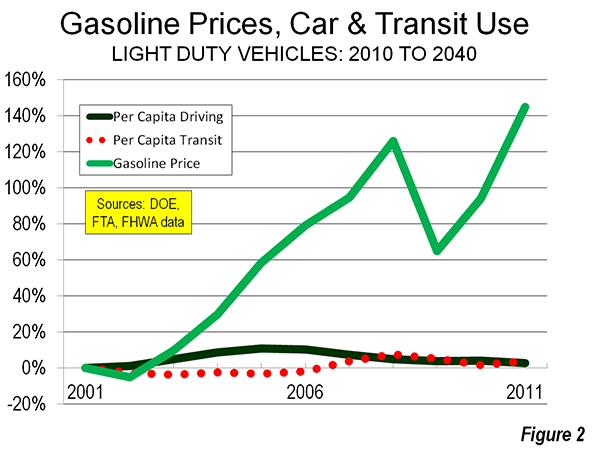From Foreign Policy:

This year marks that 50th anniversary of the branch of mathematics known as chaos theory. Appropriately enough for a field of study premised on the idea that seemingly insignificant events can have large and unpredictable consequences, the eureka moment of chaos is generally considered to be a short dense paper titled "Deterministic Nonperiodic Flow" published on page 130 of volume 20 of the Journal of the Atmospheric Sciences in 1963.
As James Gleick writes in his very entertaining history, Chaos: Making of a New Science, "In the thousands of articles that made up the technical literature of chaos, few were cited more often than "Deterministic Nonperiodic Flow." For years, no single object would inspire more illustrations, even motion pictures, than the mysterious curve depicted at the end, the double spiral that became known as the Lorenz attractor."
The paper's author, Edward Lorenz, was an MIT mathematician working on an early computer weather modeling simulation. One day in 1961, in an effort to save time waiting for his vacuum tube-powered Royal McBee computer to run the program, Lorenz started his simulation from the middle, manually entering in data from an earlier simulation, but crucially, rounding a six decimal point number to three decimal points in order to save space. What Lorenz found after returning from a coffee break was that these tiny, seemingly arbitrary changes in his initial inputs had led to vastly different outcomes in the weather models he created.
As Gleick writes, "Lorenz saw more than randomness embedded in his weather model. He saw a fine geometrical structure, order masquerading as randomness." Lorenz, who died in 2008, would later become best known for coining the metaphor of the "butterfly effect" to describe systems that are extremely sensitive to their initial conditions.
Most casual readers can't understand much of the mathematics of chaos theory, but the basic principles were popularized thanks in part to Gleick's bestselling book, not to mention the trippy Mandelbrot Set images that have graced countless screensavers and dorm room posters and, of course, Jeff Goldblum's character in Jurassic Park.
Chaos doesn't have quite the pop culture cachet that it used to, but the study of what Lorenz called nonlinear systems - those in which outputs are not necessarily proportional to inputs -- has been highly influential in fields ranging from physics, to engineering, to astronomy, agriculture to economics. (One of the main themes of Gleick's books is that researchers in different fields were often working along very similar lines without being aware of each other. Some of this work was actually going on years before Lorenz's "discovery.")
The late mathematician Benoit Mandelbrot's ideas about turbulence in financial markets have enjoyed something of a renaissance in recent years thanks the global financial crisis. I was lucky enough to get the chance to interview Mandelbrot for FP a year before his death....MUCH MORE









